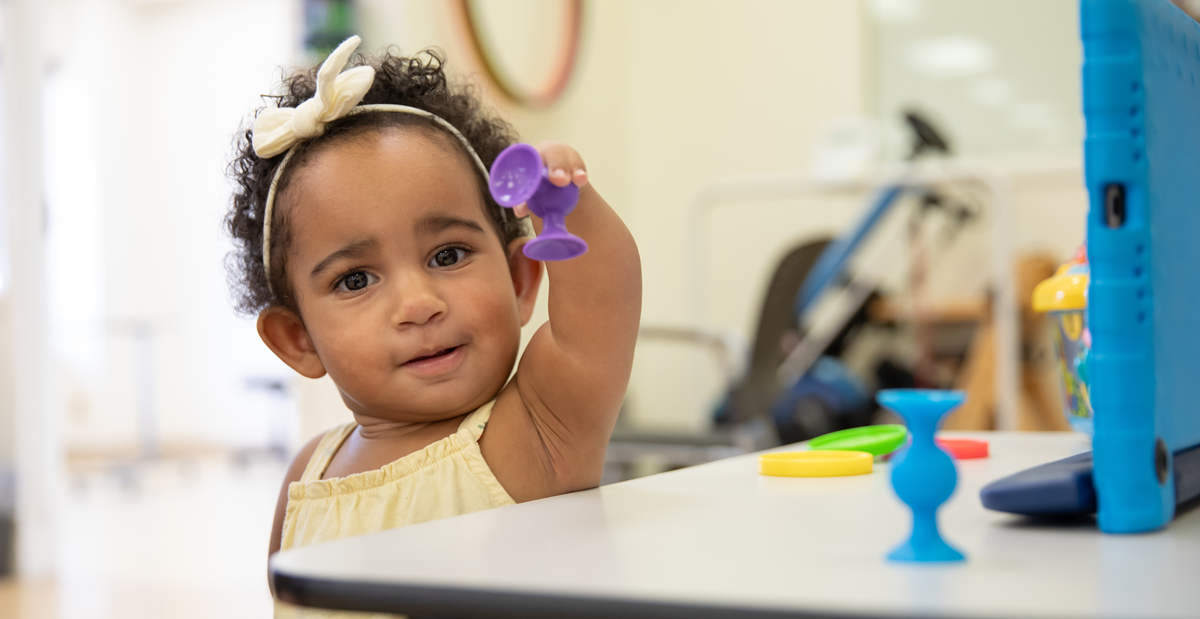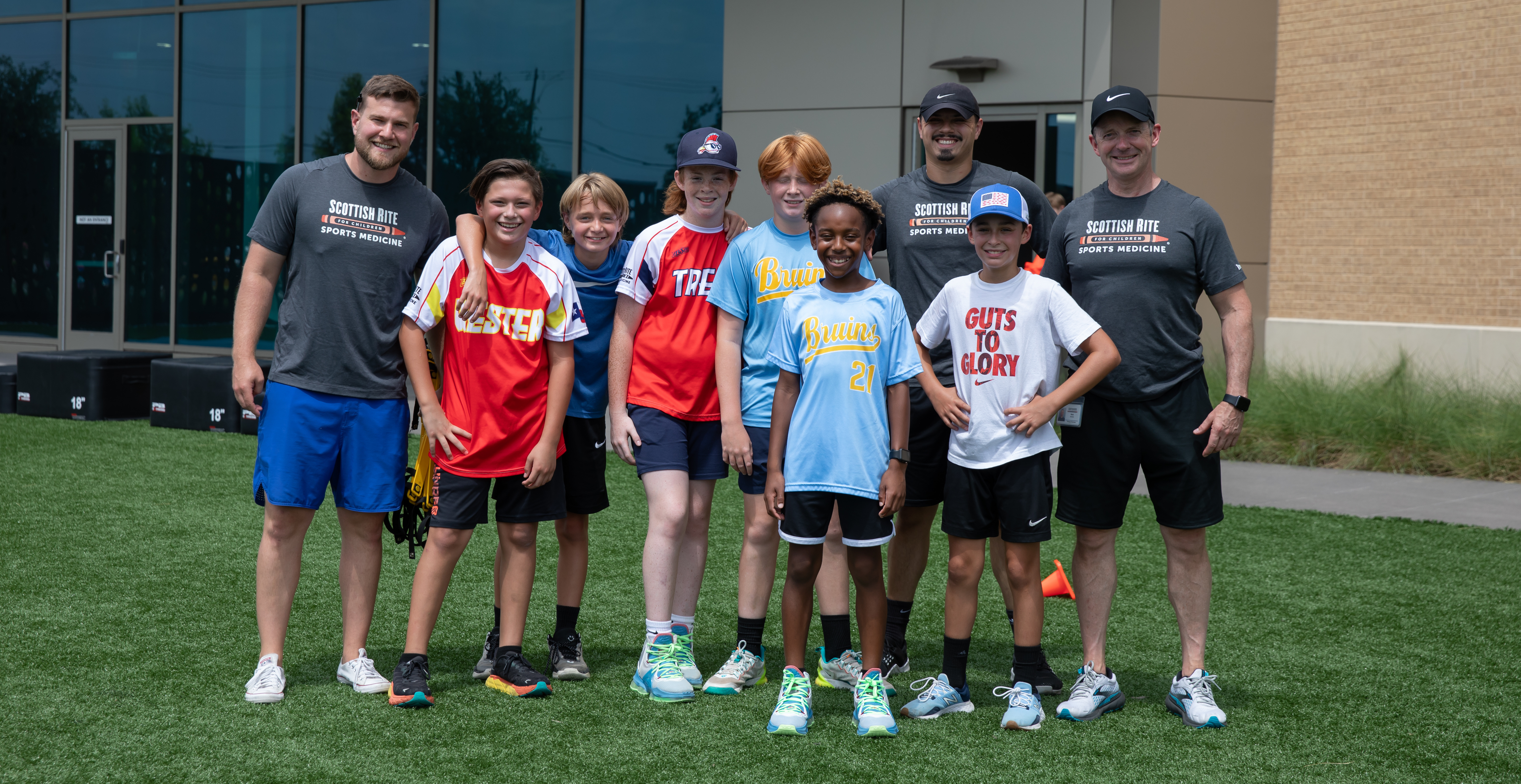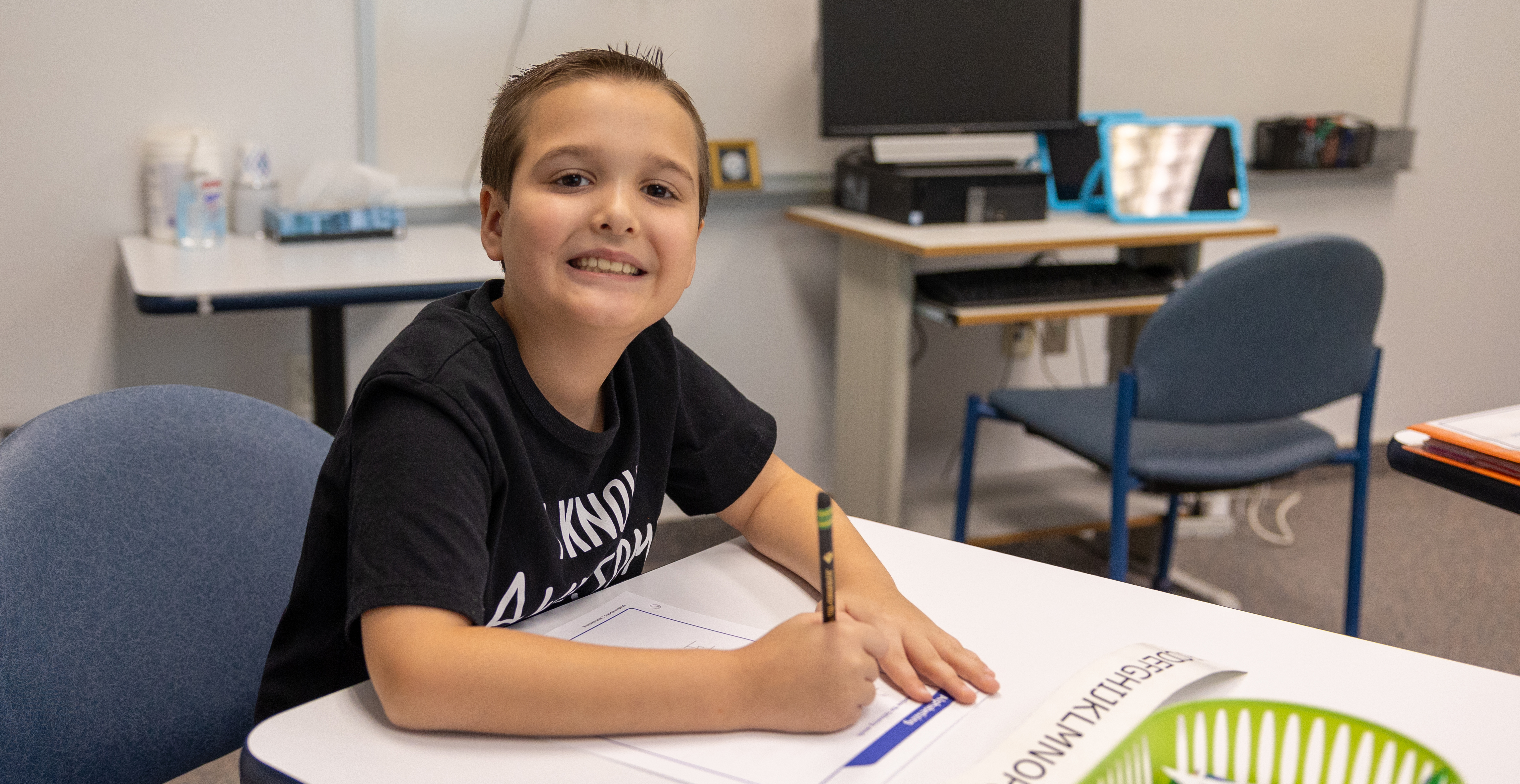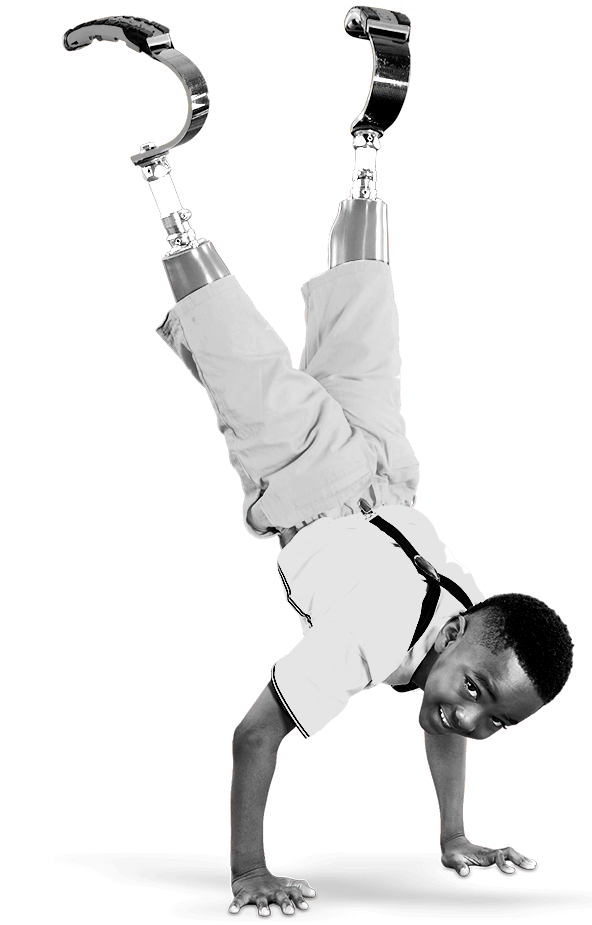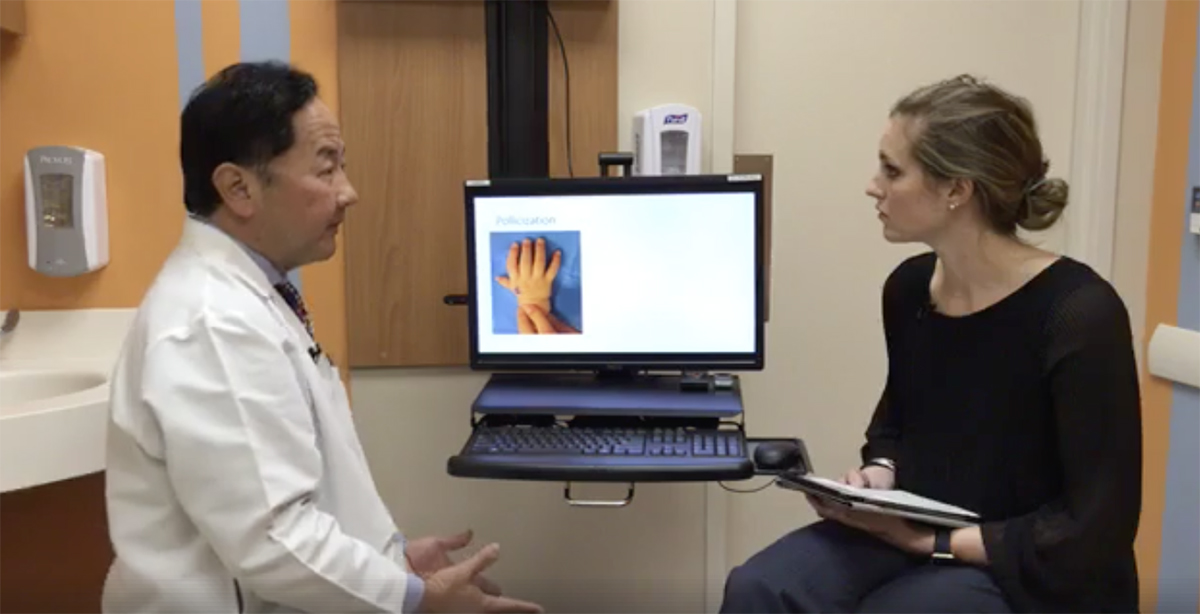
Dec 06, 2017 / Hand Conditions
#SRHaccess Facebook LIVE Recap: Hand Conditions
On this week’s Facebook live, Scott Oishi, M.D. joined us to discuss the most common hand conditions our Center for Excellence in Hand treats. Below is a recap of the conversation.
What services does the Center for Excellence in Hand offer our patients?
At four to eight weeks during a pregnancy, the arms are fully developed and grow bigger until the child is born. It is during this develop period that a child could be born with abnormalities of the upper extremity.
What services does the Center for Excellence in Hand offer our patients?
- Treatment and care of upper extremity deformities and conditions – nerves in the neck, down to the hand.
- Upper extremity/hand reconstruction after trauma.
- Comprehensive care team: physicians, nurses, therapists, child life and psychologists to care for the whole child.
At four to eight weeks during a pregnancy, the arms are fully developed and grow bigger until the child is born. It is during this develop period that a child could be born with abnormalities of the upper extremity.
- Polydactyly: A child is born with extra fingers. The condition is genetic in some cases, but could also be associated with other hand conditions.
- Duplicate thumbs: born with two thumbs. When the hand is forming, there is an abnormal split in the thumb. It is reconstructed by surgically removing the extra thumb for better function of the hand.
- Syndactyly, also known as webbed fingers: After the arms have fully developed in the womb, a signal is released to split the fingers. The middle and ring finger are the last to split and are the most common fingers to remain webbed.
- Pollicization: This is a surgical procedure for children who are born without functioning thumbs. The index finger is moved down on the hand to function as a thumb.
- Cleft hand: Typically, a child with this condition is born with a V-shaped appearance of the hand. Each case is different, but after surgery the hand will function close to normal regardless of the appearance of the hand. Our specialists will reconstruct and close the cleft to improve overall function and appearance of the hand.
- Reconstruction after trauma: Our hand surgeons treat patients who have undergone trauma (loss of movement) to upper extremities of the body to restore function.
- Clinical outcome research: The team analyzes the treatments of the various conditions after the child is skeletally mature to examine if the procedure was successful and determine how the care might need to change/improve.
- Basic science research: overgrowth conditions – testing the metabolic level they have in their limbs.
